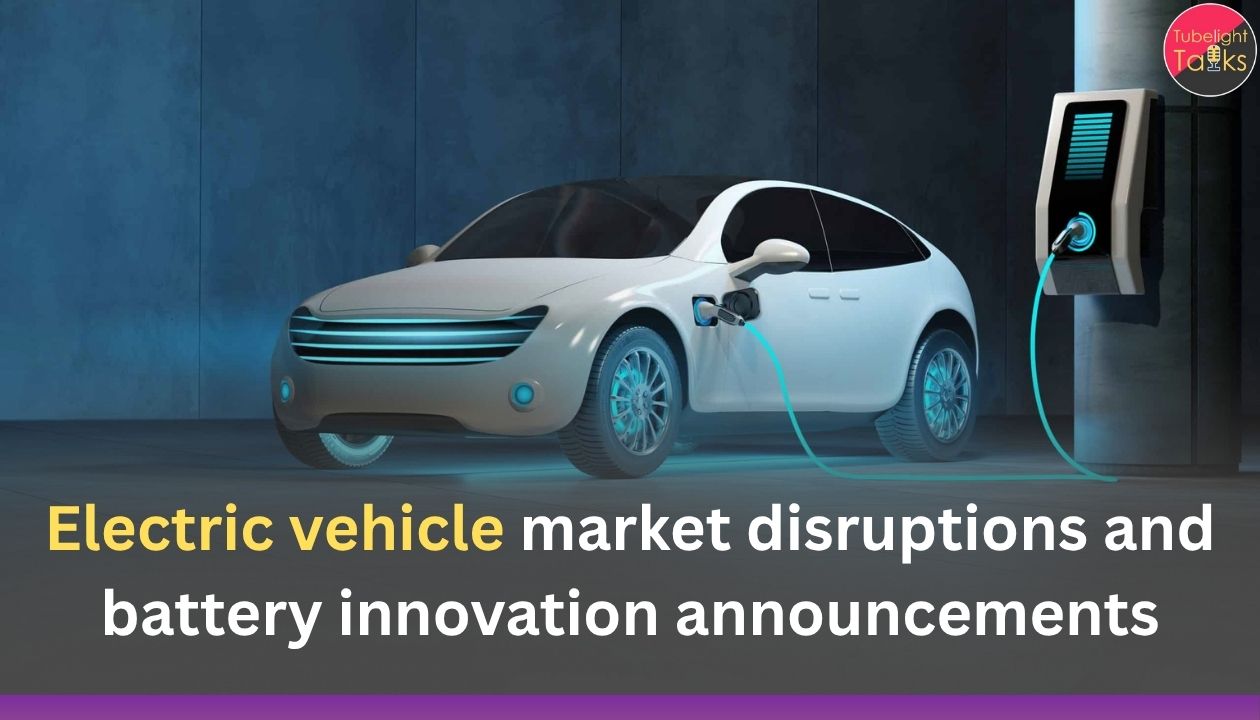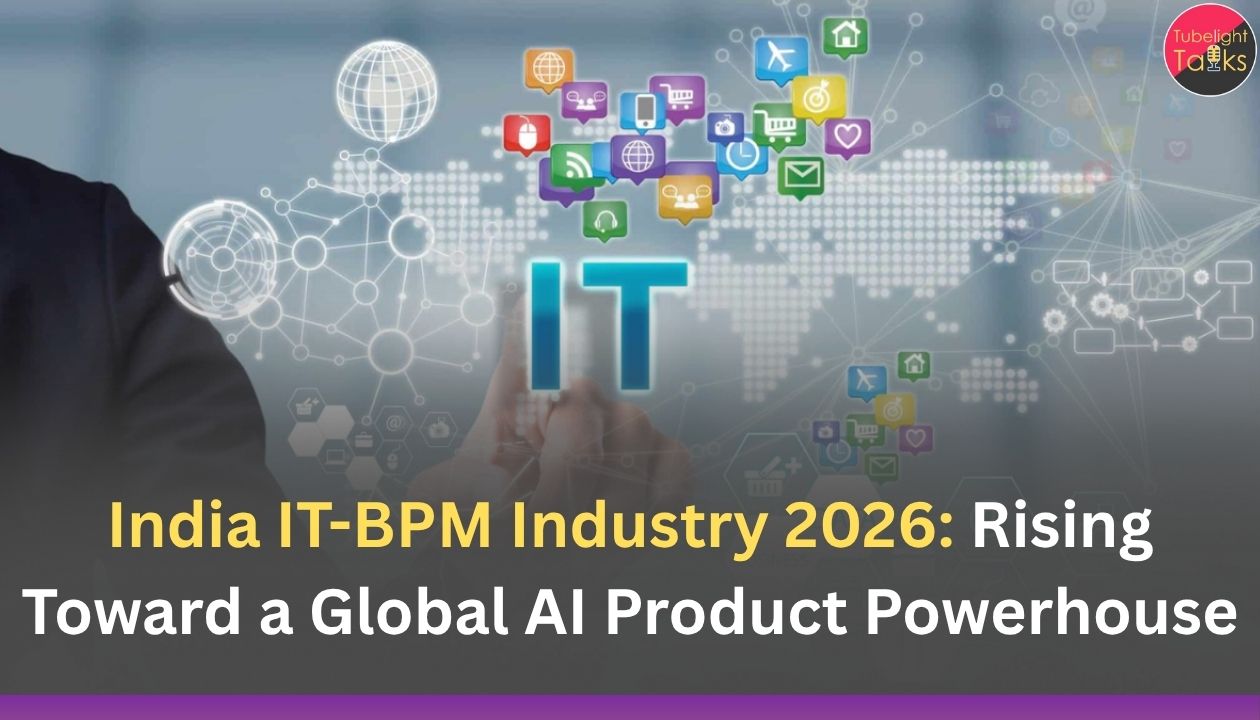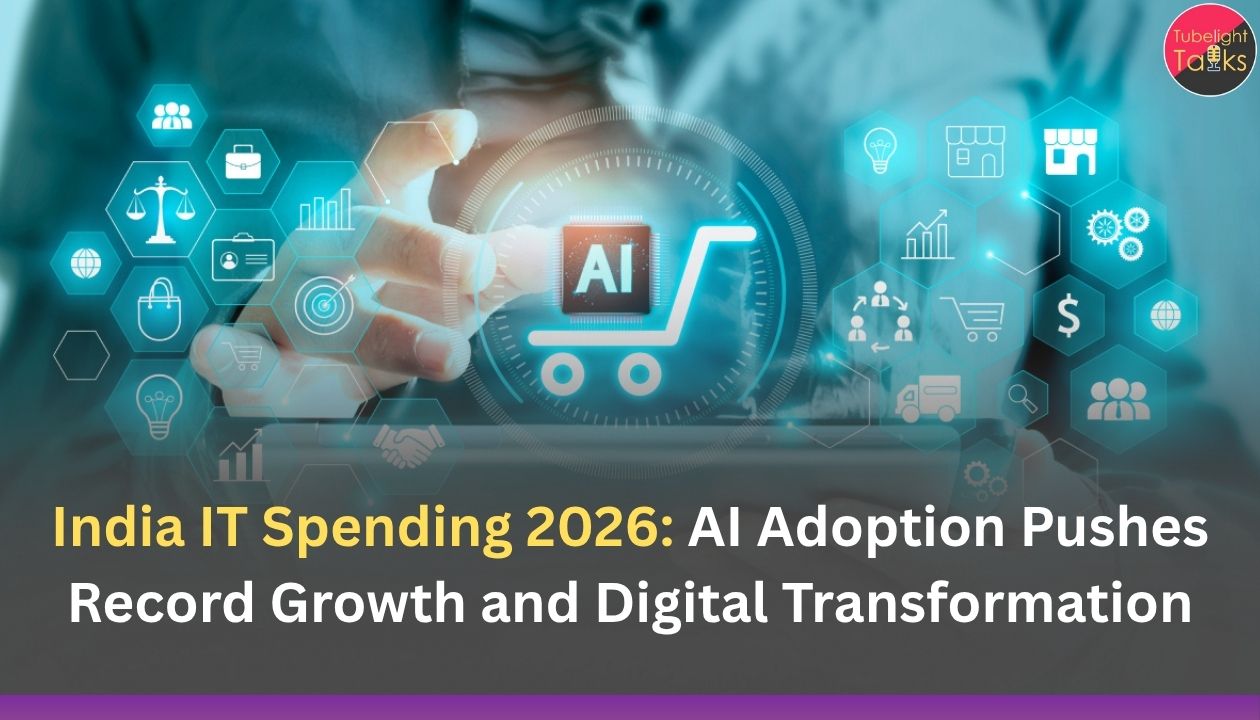Electric vehicle market are in a moment of rapid transition. Market disruptions — from geopolitical supply-chain strains and semiconductor shortages to shifting consumer sentiment — are colliding with breakthrough battery announcements that promise faster charging, longer life, and new chemistries. Solid-state validations, growth in sodium-ion and flow batteries, and large industrial moves toward battery swapping could reset costs, range anxiety, and manufacturing strategies worldwide.
This article explains the latest verified developments, puts them in market context, highlights regional implications (including India), and examines how these technical and commercial shifts could affect drivers, automakers, and the energy transition.
Where disruption and innovation meet
The EV industry is uniquely exposed to both market disruption and technology disruption. On the one hand, macro forces — chip shortages, commodity price swings, geopolitics and even brand leadership controversies — have dented sales momentum for some automakers.
On the other hand, material science and engineering developments — especially in battery chemistry and pack architecture — promise to restore momentum by improving cost, range, safety, and charging time. The result is a high-stakes race where manufacturing scale, software, and access to battery tech matter as much as vehicle design.
Key market disruptions today
- Supply-chain and semiconductor constraints. Persistent chip and component pressures are still affecting vehicle output and features, raising production costs and timelines. These constraints have ripple effects across EV production lines.
- Brand and consumer sentiment shifts. High-profile controversies or leadership moves can influence sales patterns and brand preference, changing which automakers lead EV volumes in 2025–2026.
- Regional manufacturing moves. Automakers are increasingly relocating or expanding production to India, Southeast Asia and other hubs to diversify manufacturing risk and capture new markets.
Battery innovations changing the game
Battery tech is the single biggest lever for reshaping EV economics and user experience. Notable trajectories:
Solid-state batteries (fast charging and higher density)
Solid-state cells replace liquid electrolytes with solids, lowering fire risk, increasing energy density and enabling much faster charging.
A major milestone: Stellantis validated Factorial Energy’s FEST solid-state cells (77Ah, ~375 Wh/kg) and reported an ability to charge from 15% to 90% in about 18 minutes — a promising real-world step toward faster charging EVs. Stellantis plans demo fleets in 2026 to test these cells in vehicles.
Toyota has likewise committed significant investments and partnerships aimed at commercializing all-solid-state batteries in 2027–2028, positioning it as a mainstream contender for next-generation cells.
Alternative chemistries: sodium-ion and flow batteries
Sodium-ion research is advancing as a lower-cost, more geographically flexible alternative to lithium. Recent lab and prototype work (including chloride-based solid electrolytes) promises improved low-temperature performance, which can help markets with harsh winters and reduce dependence on lithium supply chains.
Meanwhile, vanadium redox flow batteries (VRFBs) and other large-format storage solutions are gaining traction for grid and fleet charging infrastructure, especially in regions looking to pair renewables with EV charging at scale. India recently inaugurated MWh-scale VRFB capacity for grid support — a noteworthy addition for charging infrastructure and renewable integration.
Battery swapping and infrastructure models
China’s CATL and other players are expanding battery-swapping networks, targeting fleets first and then individual users. Swapping reduces downtime vs. recharging but requires standardization and new business models; it’s complementary to fast-charging infrastructure.
Why these innovations matter for consumers and automakers
- Range and charging anxiety shrink. Higher energy density + faster charging means EVs become competitive with ICE cars on convenience. Solid-state and other advanced chemistries could make long trips simpler.
- Total cost of ownership (TCO) falls over time. Longer cycle life, higher efficiency, and lower maintenance drive down TCO — critical for fleet electrification and consumer uptake.
- Supply-chain resilience improves. Diversifying chemistries and regionalizing battery material processing (e.g., India’s push for domestic cells) lowers import vulnerability and exposure to geopolitics.
Market winners and losers — short term vs long term
Short term, automakers who can manage supply chains, secure semiconductors and keep prices stable will perform better. In 2025 we already see some sales volatility tied to brand issues and macro pressures. Over the medium term (2026–2028), companies that secure proven next-gen battery tech, scale production, and control raw materials will likely capture larger market share.
Case studies: Stellantis, Toyota, China battery players
- Stellantis + Factorial: A validated solid-state solution and a planned demo fleet point toward a mid-decade pilot commercialization pathway. If commercialized, these cells could leapfrog current lithium-ion performance.
- Toyota: Long-term bets on solid-state batteries and upstream material partnerships (Sumitomo/Idemitsu) aim to secure materials and manufacturing capacity for a 2027–2028 roll-out window. Toyota’s approach favors slow, durable engineering confidence over hype.
- China (CATL, BYD): Focused on both cell innovation and service models (like swapping), Chinese firms remain aggressive on cost, scale, and domestic supply integration, pressuring global competitors to match pace.
Regional focus — Why India matters now
India is actively pushing local battery development to avoid import dependence and to capture manufacturing jobs. Recent analysis shows a strong argument for battery self-reliance: building cathode and cell supply chains domestically can reduce costs, secure supply and accelerate EV adoption locally. Government policy incentives, coupled with private investments, are turning India into a strategic hub for battery innovation in Asia.
The role of semiconductors and software in EV disruption
EVs are now software-defined vehicles: chips for power electronics, sensors, and autonomy are essential. Semiconductor shortages or trade frictions therefore directly slow EV rollouts and feature availability. Companies increasingly invest in vertical integration and long-term supply agreements to mitigate risk.
Risks, caveats and timelines
Commercialization lag: Lab-scale breakthroughs don’t guarantee mass production at scale or cost parity. Many solid-state timelines are optimistic; some experts expect delays beyond 2030 for full scale.
Material & environmental tradeoffs: New chemistries may shift raw-material demand (e.g., sulfur, sodium, vanadium), with their own supply and environmental footprints. Responsible sourcing must keep pace.
Policy & market unpredictability: Consumer sentiment, subsidies, and regulations can accelerate or stall adoption. Automakers must be agile.
Practical takeaways for drivers, buyers and policymakers
- If you’re buying today: current high-quality lithium-ion EVs remain excellent choices — next-gen batteries may appear in premium demos first.
- Fleet operators should watch pilot deployments (2025–2027) of solid-state cells and grid-scale storage deployments for total cost advantages.
- Policymakers: invest in domestic material processing, R&D, and fast-charging/grid upgrades to capture local economic benefits.
Ethical EV Innovation: Applying Sant Rampal Ji Maharaj’s Teachings to Sustainable Energy Transition
Sant Rampal Ji Maharaj’s teachings emphasize responsible living, awareness, and service to society — principles that align closely with how we should approach energy and technology transitions. The EV revolution and battery innovations present not just technical challenges but moral choices: how we source materials, how we protect labour and communities, and how we care for the environment for future generations.
From a Satgyaan perspective, true progress is measured not only by speed or profit, but by fairness, safety, and sustainability. Applying that lens to EV policy and battery development suggests prioritizing ethical supply chains, long-term environmental stewardship, and technologies (like grid-scale storage and safer solid-state chemistries) that reduce harm.
In short: real advancement happens when innovation serves people and the planet together — a view resonant with Sant Rampal Ji Maharaj’s call for socially conscious action.
Read Also: Hydrogen Vehicles : The future of Clean Mobility
FAQ: Electric vehicle market disruptions and battery innovation announcements
Q1: What is the latest breakthrough in EV battery technology?
Major recent milestones include Stellantis’ validation of Factorial Energy’s solid-state FEST cells (375 Wh/kg; 15%→90% in ~18 minutes) and ongoing development efforts by Toyota toward all-solid-state cells targeted for 2027–2028. These represent significant steps toward faster charging and higher energy density.
Q2: Are solid-state batteries commercially available now?
Not yet at scale. Several automakers and startups have validated prototypes and pilot cells; demonstration fleets are planned (e.g., Stellantis demo fleet by 2026). Commercial mass production will require further scale-up and cost reductions, so broad availability is likely in the mid to late 2020s for selected models.
Q3: How do supply-chain disruptions affect EV prices and availability?
Chip shortages, raw material price swings and geopolitics can delay vehicle production, increase costs and slow feature rollouts. Automakers that secure long-term supply contracts and regionalize production are better insulated from these shocks.
Q4: What are alternative battery chemistries to lithium-ion?
Alternatives include sodium-ion batteries, vanadium redox flow batteries for grid storage, and solid-state lithium-metal cells. Sodium-ion offers potential cost and supply advantages; flow batteries suit stationary storage rather than vehicle packs.
Q5: Will battery swapping replace charging stations?
Battery swapping is a complementary model, particularly suited to fleet operations and urban use. Large deployments (e.g., CATL plans) focus on fleets first; broad adoption requires standardization between OEMs and infrastructure investment, so both swapping and fast charging will coexist for the foreseeable future.










